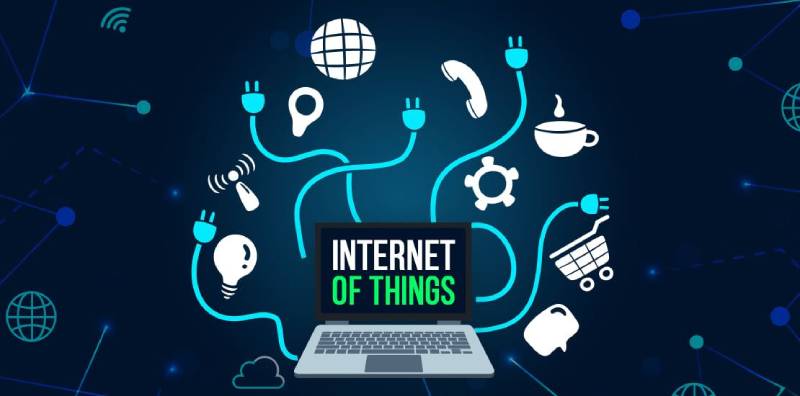IoT promises to change the face of modern marketing and provide businesses with new ways to interact with consumers. The significance of IoT lies not only in the vast network of connected devices but also in the continuous collection of data on user behavior. As such devices find their way into different areas of life, especially into the hands of business decision makers, marketers see opportunities to provide personal and contextually relevant content to their customers through various methods.
1. Increased personalization and contextual relevance
Such vast data collected by IoT devices is related to users’ preferences, habits and environment and can help design marketing activities at a very granular level. For example, smart refrigerators track consumers’ food consumption and recommend groceries as personalized offers from local stores. Wearable fitness devices can monitor health metrics and provide product and service recommendations for a healthy lifestyle, making marketing content an integral part of the wearer’s lifestyle.
This is a level of personalization that goes far beyond classic marketing strategies. Companies can use their IoT data to proactively predict consumer needs and provide solutions in real-time. This predictive ability increases the relevance of marketing messages and ensures they reach consumers at the moments that matter most. All this to increase consumer engagement and resulting conversion rates.
Real-time engagement The big advantage of using IoT in marketing is that it allows for instant real-time communication with your customers. Most IoT devices are always on, allowing businesses to provide timely notifications, offers, and updates based on the user’s context and current location. An example of this is if a customer is walking by his coffee shop and receives a notification that his next time he has a discount for one hour. That will truly create a call to action that will drive foot traffic.
As a result, marketing will evolve into real-time interactions, changing from one-way, static to dynamic, two-way interactions. This allows brands to better respond and adapt to customer behavior, creating stronger bonds and loyalty.
2. Integrate seamlessly into the user experience
Traditional advertising is typically annoying and weakens the user experience. IoT has the potential to be a game-changer in this regard by injecting marketing content directly into consumers’ daily interactions with their devices. For example, a smart home assistant can also suggest new recipes to customers or share shopping lists. This shopping list can also include a link to order items directly from your local grocery store. Therefore, marketing messages are influenced by users’ daily lives.
From this perspective, advertising friction has been significantly reduced. So this seems more like advice than irritation. A richer user experience delivers value through relevant and useful content, and IoT helps achieve marketing goals.
3. Implications for Marketers
The advent of IoT takes marketing a step further, increasing reliance on data-driven analytics and consumer behavior insights as source information gained in real time from connected devices that allows for precise and high-precision segmentation and targeting of campaigns for optimal relevance and engagement. For example, fitness wearables can help in more precisely segmenting marketing strategies for people by different activity levels, while smart refrigerators could be a more useful way to plan timely offers for household items. However, large-scale data collection also requires privacy and security issues to be considered almost equally. Marketers need to be open about the use of data; explicit consent is required; and strong security systems need to be in place to protect any consumer information. Ethical data processing not only ensures regulatory compliance but also helps gain consumer trust.
In other words, the Internet of Things (IoT) offers marketers new dimensions of personalization and engagement, making marketing truly effective and integrated into the fabric of life. Balancing these opportunities with ethical principles for data use is critical to maintaining consumer trust and realizing the full potential that IoT offers.
Conclusion
The rise of IoT in the world of marketing marks a new beginning for personalized, contextual, and real-time engagement. With access to a constant stream of data from connected devices, businesses can now tailor their marketing strategies to consumers more than ever before. Marketing is supposed to be seamless, adding value to the user experience and ultimately serving the user and the brand itself. However, the development of IoT technology will bring unique changes to marketing in the future.
- Top 5 Health Insurance Stocks to Add to Your Portfolio - July 26, 2024
- 7 Reasons Edamame is Great for Your Health - July 26, 2024
- 2024 Paris Olympics: How Many US Athletes Are Competing? - July 26, 2024





